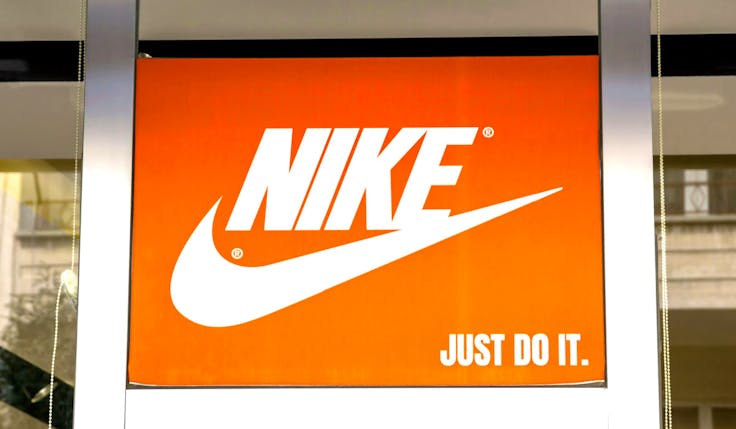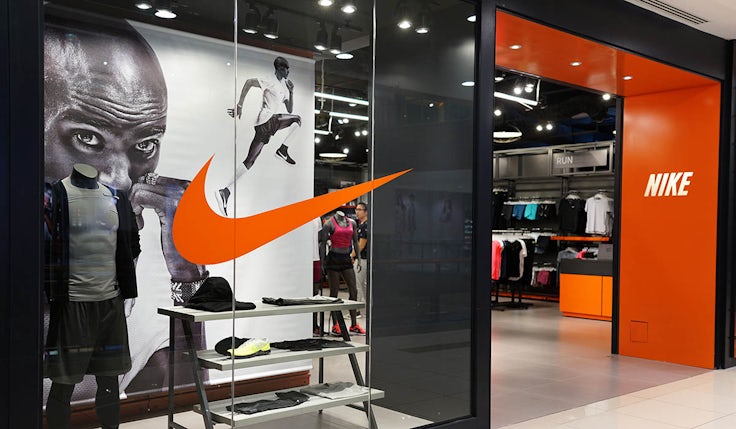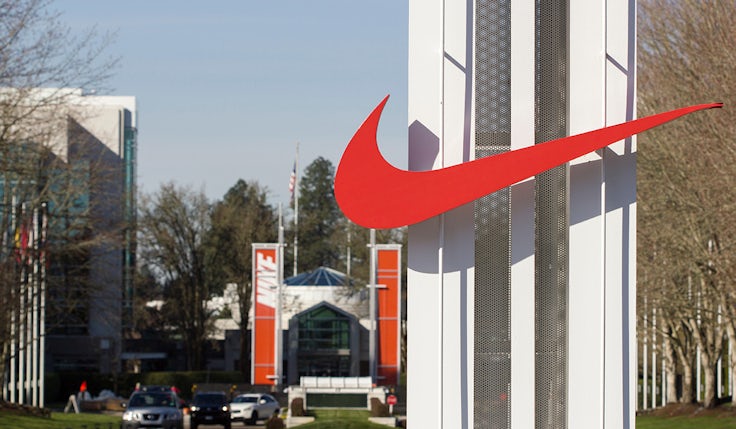Nike to move away from promotions in search of ‘profitability recovery’
The sports giant is eyeing long-term growth with its “membership offensive” alongside a move away from promotions and a move back to wholesale.

As many brands contend with consumers’ desire for discounts, Nike is looking to move away from the “highly promotional” environment this year.
Reporting its full-year 2023 results, CEO John Donahoe said on a call with investors (29 May) he believes the “right focus and attention for Nike is to focus on recovering a higher level of full price growth in fiscal year 2024, profitable growth.”
He also noted the pressures a culture of promotions is having on its retail partners. He suggested the “large majority” its strategic partners have done a “good job” at “balancing the trade-offs of investing in consumer connections, elevating the retail environment and moving through inventory”.
“And so, we feel great about where we are, but we recognise that next year, the environment is going to continue to be promotional and that even puts pressure on our wholesale partners in terms of how they think about managing through the first half of the year,” he explained.
Nike credits ‘innovation, brand strength and scale’ for DTC successThis will all help the business improve margins, he said, adding that Nike now has “profitability recovery” on its mind.
For the full year ending 31 May, the business posted lacklustre profit growth of 4%: $22.3bn (£17.6bn), up from $21.5bn (£16.9bn) last year.
Its revenues were up 10% overall for the year, at $51.2bn (£40.4bn) versus last year’s $46.7bn (£36.8bn).
Nike’s total demand creation expense – meaning the money it spends on advertising and promotion – was $4.1bn (£3.2bn) for the full year, up 5% year on year. Nike attributes this to money spent on advertising and marketing. For the fourth quarter, it spent $1.1bn (£868m) – a 3% rise.
On the offensive
Nike is a brand that embraced a direct-to-consumer (D2C) approach in a big way, breaking off partnerships with some retailers in 2021 as it pushed to grow its direct sales.
But that’s now changing. Earlier this month, Nike revived its relationships with the likes of Macy’s and Footlocker, as reported by the Wall Street Journal.
“Consumers want digital and physical access. They shop across both channels, they want a mono-brand and multi-brand. They use different shopping occasions to use different channels,” Donahoe said yesterday, emphasising that customers want a “consistent and seamless” experience.
“We’re selectively opening new doors,” he added on the new push towards wholesale. “Multi-brand wholesale partners play a really important role,” he said, citing Nike’s relationships with JD Sports and Sports Direct as examples of this.
“Our direct business will continue to grow the fastest, but we’ll continue to expand our marketplace strategy to enable access to as many consumers as possible and drive growth,” he said.
Nike has increased the digital part of its business to 26% this year, an increase from 10% in 2019, and on track to achieve the target it set itself in 2021 of being a 40% digital business by 2025.
Our direct business will continue to grow the fastest, but we’ll continue to expand our marketplace strategy to enable access to as many consumers as possible and drive growth.
John Donahoe, Nike
This has been powered by Nike’s loyalty proposition, Donahoe claimed.
Nike is on a “membership offensive”, he added, suggesting the business knows its consumers “better” and is therefore in a good position to serve them through data driven insights.
The last year has seen Nike expand its membership base, “but more importantly” the business has “elevated and deepened” its relationships with consumers.
“Our members now engage with us more frequently, buy more and are more loyal to our brands. Once members join our ecosystem, they are increasing their lifelong sport journeys with us,” he said.
Nike’s move back to wholesale partnerships is a shifting strategy in the push to link up digital membership with its multi-brand partners to drive long-term growth.
“Our confidence is grounded in the power of Nike’s portfolio. Deeply connected to the consumer, centred in sport and youth culture, fuelling authenticity and distinction, unrivalled in breadth and depth. Our strength begins with our scale from our investment in innovation, to our sports marketing portfolio, our digital platforms and membership, and our global reach,” he added.








Comments